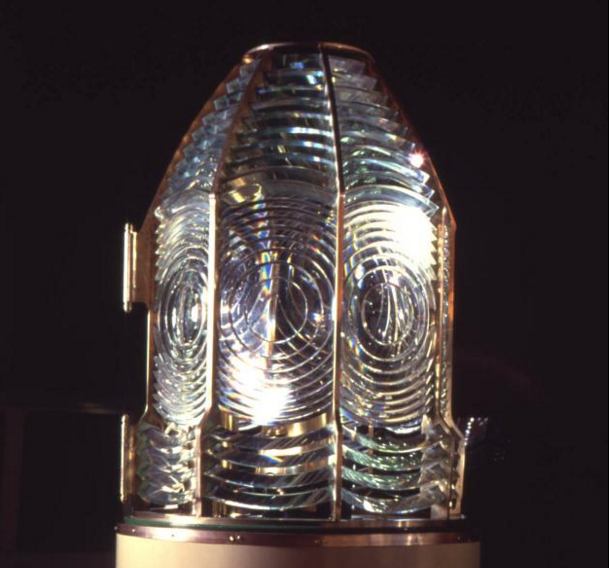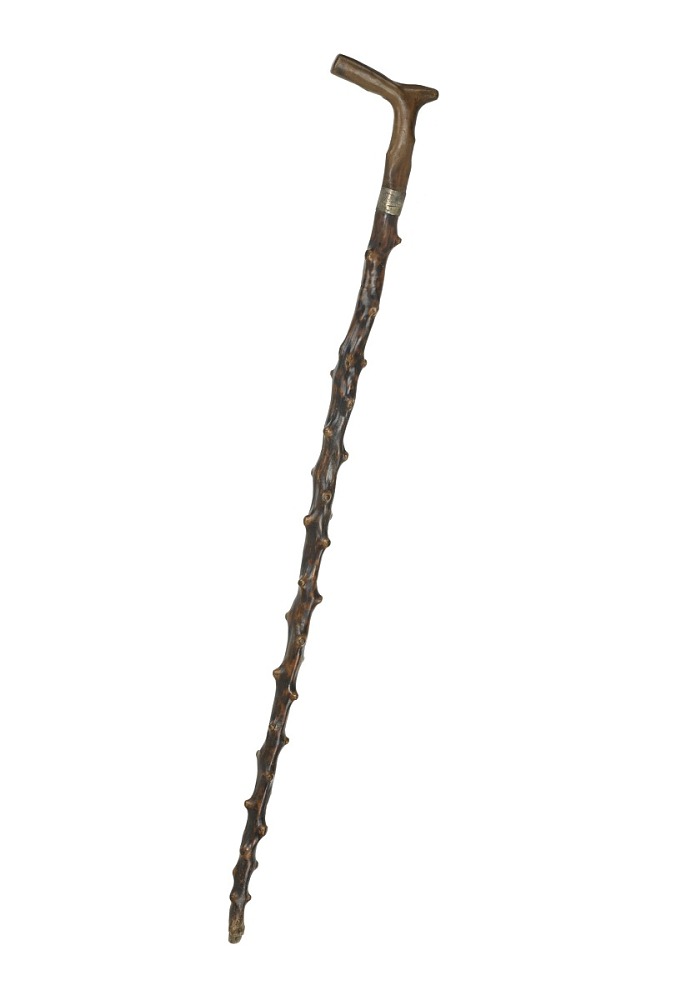As COVID-19 deaths spiked in 2020, Suzanne Firstenberg’s public art installation "In America: How could this happen…"
History Explorer Results (24)
Related Books (8)

Grade Range:
K-12
Resource Type(s):
Artifacts, Primary Sources
Date Posted:
3/27/2012
In the early nineteenth century, lighthouses in the United States were considered inferior to those in France and England. American mariners complained about the quality of the light emanating from local lighthouse towers, arguing that European lighthouses were more effective at shining bright be

Grade Range:
K-12
Resource Type(s):
Artifacts, Primary Sources
Date Posted:
9/3/2020
This cane belonged to Toussaint L’Ouverture, a military and political leader in the Haitian Revolution. The revolution began as a slave revolt in the French colony of Saint-Domingue in 1791 and ended with emancipation and the founding of the free nation of Haiti in 1804. Nearly half a million ensl

Grade Range:
4-12
Resource Type(s):
Reference Materials, Primary Sources
Date Posted:
6/10/2008
Students will learn about the 25,000 Japanese Americans who served in U.S. military units during World War II. This section of A More Perfect Union, an online exhibition, uses artifacts from the Museum's collections, primary so

Grade Range:
K-12
Resource Type(s):
Artifacts, Primary Sources
Date Posted:
3/10/2009
A popular portrait method of photography from the 1839 announcement of its invention to about 1860, the Daguerreotype was a unique photograph with no negative—each photograph was exposed on a copper plate coated with silver-nitrate. This half-length Daguerreotype portrait of Louis Jacques Mand�

Grade Range:
K-12
Resource Type(s):
Reviewed Websites
Date Posted:
9/29/2008
The Library of Congress presents Portraits of the Presidents and First Ladies through this website. A great resource for students who are looking for images to help with presidential research, this site also includes advice on how to understand and work with the collection of portraits.

Grade Range:
K-12
Resource Type(s):
Artifacts, Primary Sources
Date Posted:
10/27/2008
Andreas Vesalius (1514–1564), an early European physician and professor of medicine, wrote an important treatise on the human body, published in 1543. He provided detailed illustrations that demonstrated muscle structure and other features of human anatomy, based on his work dissecting cadavers

Grade Range:
K-12
Resource Type(s):
Artifacts, Primary Sources
Date Posted:
12/31/2010
Cher Ami was a registered Black Check cock carrier pigeon, one of 600 birds owned and flown by the U.S. Army Signal Corps in France during World War I. He delivered twelve important messages within the American sector at Verdun; on his last mission, October 4, 1918, he was shot through the breast

Grade Range:
K-12
Resource Type(s):
Artifacts, Primary Sources
Date Posted:
9/17/2009
The Spaniards who invaded Mexico brought to North America a well-developed equestrian tradition. Over the centuries, horses, saddles, and other riding paraphernalia were altered by the landscape and the lifestyles of both Spanish and indigenous riders. Accompanied by mariachi music, la charrería

Grade Range:
K-12
Resource Type(s):
Artifacts, Primary Sources
Date Posted:
6/3/2010
Robert Capa (1913 - 1954) documented World War II from the bombing of London to fronts in North Africa, Italy, France, and Germany. He captured this arresting image of American troops landing at Omaha Beach on D-day, June 6, 1944.
Capa was one of two magazine war correspondents all

Grade Range:
K-12
Resource Type(s):
Artifacts, Primary Sources
Date Posted:
6/19/2012
While training for combat on the fields of Yale University in 1917, Private J. Robert Conroy found a brindle puppy with a short tail. He named him Stubby, and soon the dog became the mascot of the 102nd Infantry, 26th Yankee Division. He learned the bugle calls, the drills, and even a modified do

















